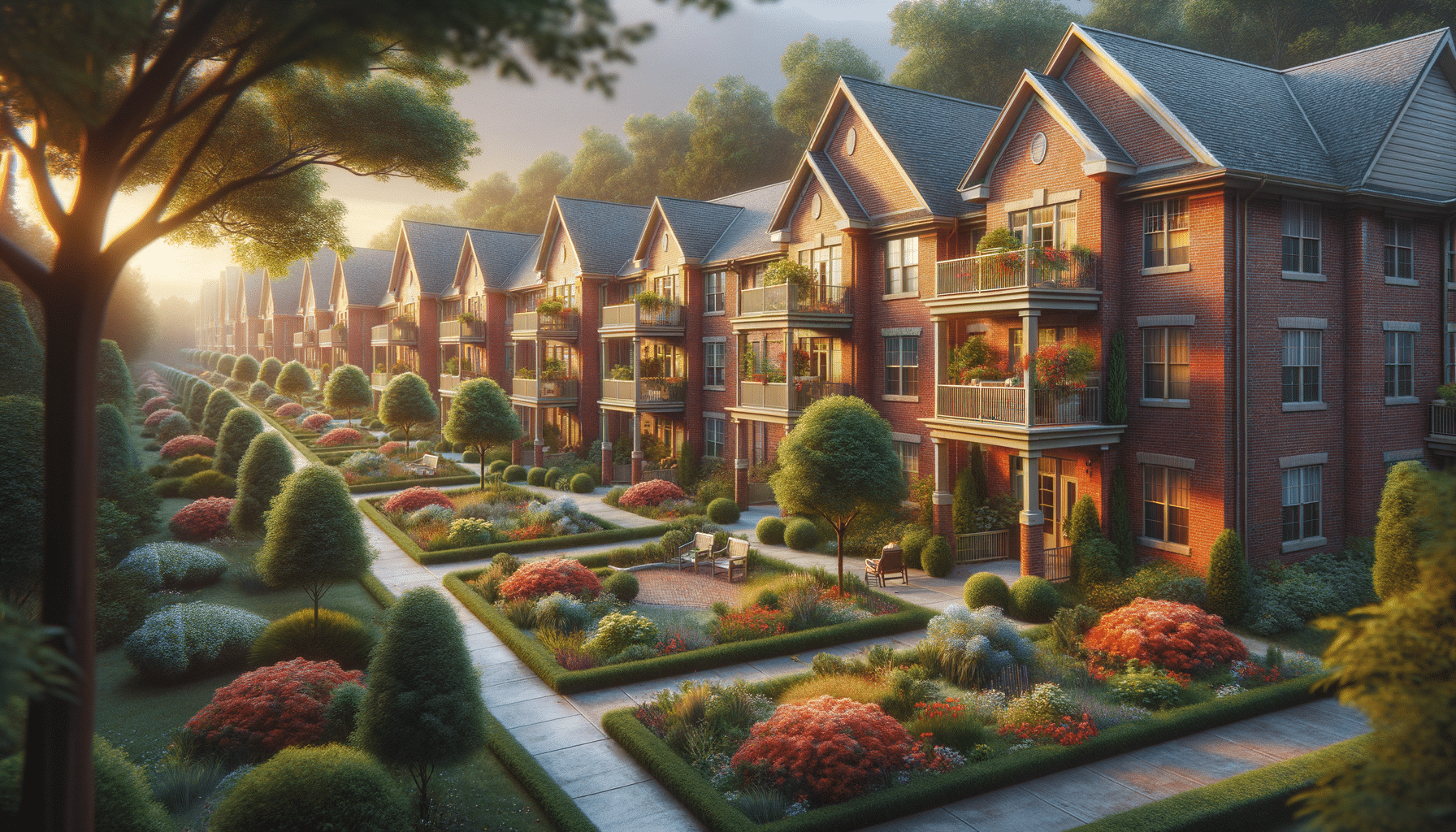
How to Choose Budget Friendly Senior Apartments
Understanding the Importance of Affordable Senior Apartments
As people age, finding the right living arrangement becomes crucial for maintaining a comfortable and fulfilling lifestyle. Affordable senior apartments offer a solution for many individuals seeking to balance their financial constraints with their desire for independence and community. These residences provide a supportive environment that can enhance the quality of life for seniors, offering not just a place to live, but a community to belong to.
Affordable senior apartments are designed to cater to the unique needs of older adults, often featuring amenities and services that promote ease of living and community engagement. This type of housing can alleviate the financial burden often associated with traditional housing options, allowing seniors to enjoy their golden years without the stress of overwhelming expenses.
For many, the decision to move into a senior apartment is influenced by various factors, including health needs, social opportunities, and, importantly, budgetary considerations. Understanding the benefits and features of affordable senior apartments can help in making an informed decision that aligns with one’s lifestyle and financial goals.
Key Features of Affordable Senior Apartments
Affordable senior apartments often come equipped with features designed to enhance the living experience for older adults. These features not only focus on comfort and accessibility but also aim to foster a sense of community among residents. Here are some common features you might find:
- Accessibility: Apartments are typically designed with accessibility in mind, including features such as grab bars in bathrooms, wheelchair ramps, and elevators.
- Community Spaces: Many apartments offer communal areas where residents can socialize, participate in activities, or simply relax.
- Safety Features: Enhanced security measures, such as secure entry systems and emergency call buttons, are often standard.
- Utilities and Maintenance: Some apartments include utilities and maintenance in the rent, reducing the number of bills residents need to manage.
- Transportation Services: Access to transportation services can be a significant benefit, helping residents maintain independence and engage in community activities.
These features are designed to support a lifestyle that promotes independence while ensuring safety and social engagement. As such, they play a pivotal role in the appeal of affordable senior apartments.
Evaluating Costs and Benefits
When considering affordable senior apartments, it’s essential to evaluate both the costs and the benefits to ensure that the decision aligns with personal financial and lifestyle needs. The monthly rent for these apartments can vary widely based on location, size, and the amenities offered. However, they generally provide a more budget-friendly option compared to traditional housing or assisted living facilities.
In addition to rent, other costs to consider include:
- Utilities: While some apartments include utilities in the rent, others may require separate payments for services like electricity, water, and internet.
- Maintenance Fees: Some communities might charge additional fees for maintenance services.
- Transportation: Depending on the location, transportation costs can vary, especially if the apartment does not offer shuttle services.
When weighing these costs, consider the benefits that affordable senior apartments offer, such as reduced financial stress, social opportunities, and the convenience of having amenities and services close at hand. This holistic view can help determine the overall value of the living arrangement.
Finding the Right Community
Choosing the right senior apartment community involves more than just finding a place to live; it’s about finding a community that suits one’s lifestyle and personal preferences. Here are some tips for selecting the right community:
- Visit Multiple Communities: Touring different communities provides insight into the living conditions, amenities, and the overall atmosphere.
- Talk to Residents: Engaging with current residents can offer valuable perspectives on what it’s like to live in the community.
- Consider Proximity to Family and Friends: Being close to loved ones can significantly enhance the quality of life.
- Assess the Social Environment: Consider whether the community offers activities and events that align with personal interests.
- Review Safety and Health Services: Ensure that the community provides adequate safety measures and health services.
Finding the right fit involves balancing personal preferences with practical considerations, ensuring that the community will support a fulfilling and comfortable lifestyle.
Making the Transition
Moving into a senior apartment is a significant transition that involves both emotional and logistical considerations. Preparing for this move can help ease the process and ensure a smooth transition. Here are some steps to consider:
- Downsize Thoughtfully: Moving to a smaller space may require downsizing belongings. Focus on keeping items that hold sentimental value or are essential.
- Organize Finances: Ensure that all financial aspects, such as rent and bills, are organized and plan for any changes in expenses.
- Plan the Move: Schedule moving logistics well in advance to avoid last-minute stress.
- Engage with the Community: Participate in community activities to build new connections and ease the transition.
This transition offers an opportunity to embrace a new chapter filled with possibilities and community engagement. With careful planning and an open mindset, moving into a senior apartment can be a rewarding experience.


